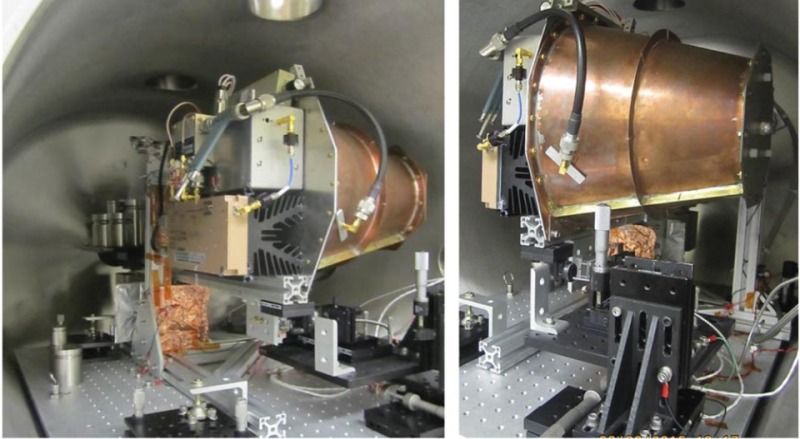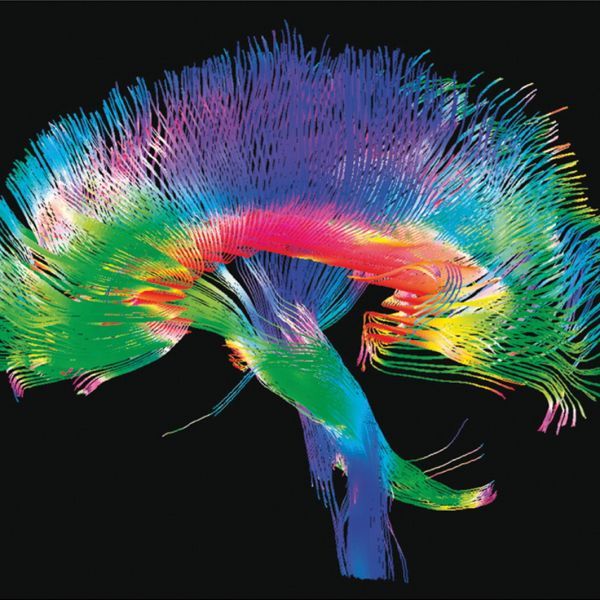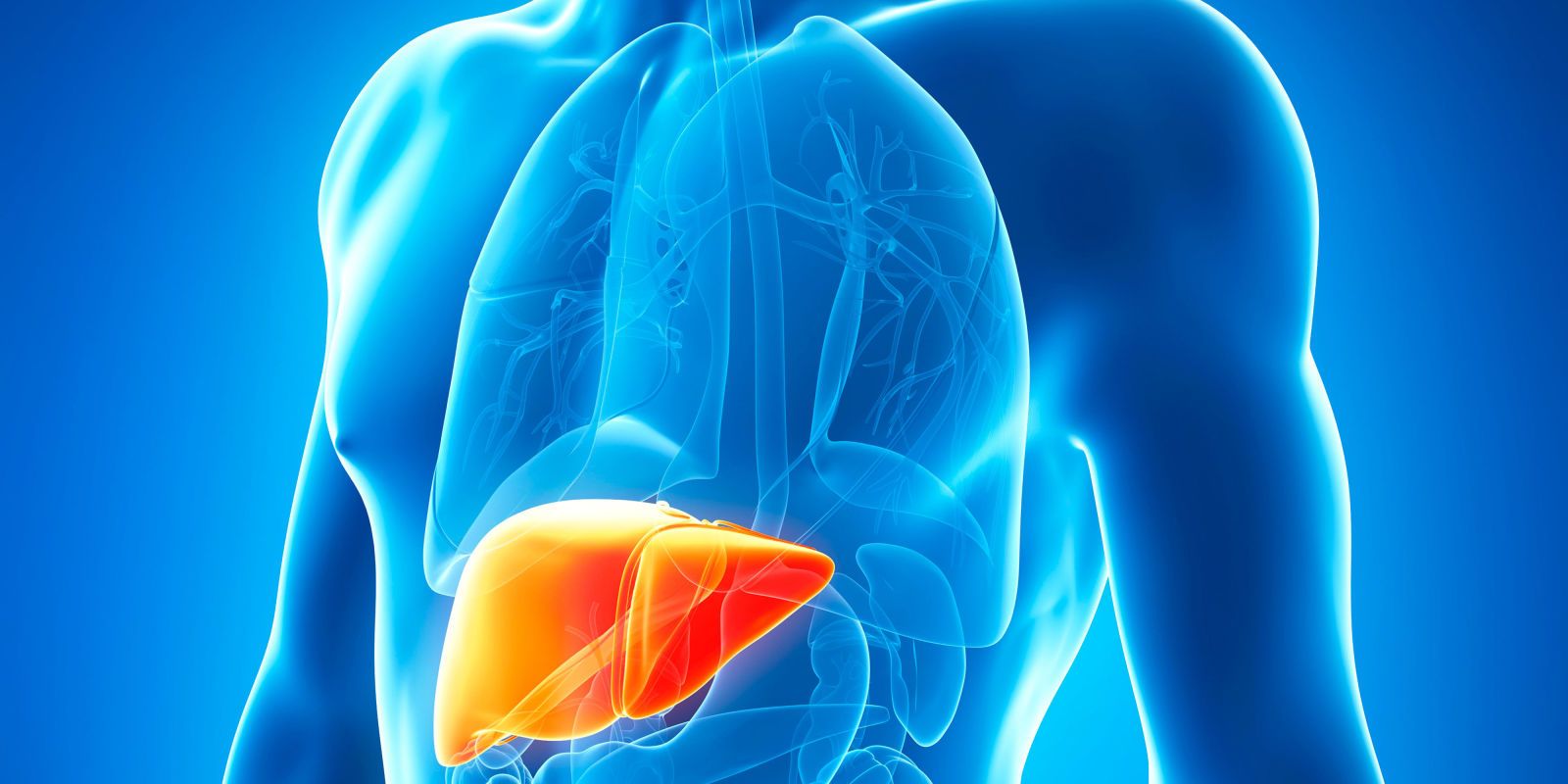Page 10593
Dec 27, 2016
Tesla Autopilot’s new radar technology predicts an accident caught on dashcam;
Posted by Amnon H. Eden in categories: robotics/AI, sustainability, transportation
The video of an accident on the Autobahn in the Netherlands caught on the dashcam of a Tesla Model X shows the Autopilot’s forward collision warning predicting an accident before it could be detected by the driver.
With the release of Tesla’s version 8.0 software update in September, the automaker announced a new radar processing technology that was directly pushed over-the-air to all its vehicles equipped with the first generation Autopilot hardware.
Dec 27, 2016
This New Self-Healing, Stretchable Material Is Perfect for Wolverine
Posted by Shane Hinshaw in categories: entertainment, materials

Inspired by the comic book character Wolverine, scientists have developed a self-healing, highly stretchable, transparent material that can be used to power artificial muscles.
The end product is a soft, rubber-like material that’s easy to produce at low cost. It can stretch to 50 times its original length, and can heal itself from a scissor cut in the space of 24 hours at room temperature.
Continue reading “This New Self-Healing, Stretchable Material Is Perfect for Wolverine” »
Dec 27, 2016
College Students Show How Easy It Is to Use Terrifying Genetic Engineering Technology
Posted by Shane Hinshaw in categories: bioengineering, biotech/medical, genetics, habitats
The gene drive is quickly becoming one of the most controversial technologies of our time. Its possibilities are at once spectacular and alarming: by using genetic engineering to override natural selection during reproduction, a gene drive could allow scientists to alter the genetic makeup of an entire species. This could be used to eliminate diseases and protect natural habitats —but could also go horribly wrong in the wrong hands.
Dec 27, 2016
Human Head Transplant Patient to Use VR to Prep for New Body
Posted by Klaus Baldauf in categories: biotech/medical, virtual reality

Valery Spiridonov will use a virtual reality system to prepare for the shock of looking down and seeing someone else’s body.
Dec 27, 2016
Does the Unabomber Have a More Realistic Sense of Today’s Existential Risks?
Posted by Steve Fuller in categories: existential risks, security, terrorism
A version of this piece appears on the Sociological Imagination website
Twenty years ago Theodore Kaczynski, a Harvard-trained maths prodigy obsessed with technology’s destruction of nature, was given eight consecutive life sentences for sending letter bombs in the US post which killed three people and injured 23 others. Generally known as the ‘Unabomber’, he remains in a supermax prison in Colorado to this day.
It is perhaps easy to forget the sway that the Unabomber held on American society in the mid-1990s. Kaczynski managed to get a 35,000 word manifesto called ‘Industrial Society and Its Future’ published in both The New York Times and The Washington Post. It is arguably the most famous and influential statement of neo-Luddite philosophy and politics to this day. Now he is back with a new book, Anti-Tech Revolution: Why and How.
Continue reading “Does the Unabomber Have a More Realistic Sense of Today's Existential Risks?” »
Dec 27, 2016
The colossal African solar farm that could power Europe
Posted by Lily Graca in categories: solar power, sustainability
Good Morning, People of the Page. Thanks to fellow writer Bruce P. Grether for this story about solar power. And also, thank you, Bruce, for all your wonderful posts to the page, especially in the last few days…the posts you’ve been making in your travels. Much appreciated.
Dec 27, 2016
Harvard May Have Pinpointed the Source of Human Consciousness
Posted by Shailesh Prasad in categories: biotech/medical, neuroscience
In Brief
- A study of 36 patients with brainstem lesions revealed that the majority of those in comas had damage in a specific area of the brainstem, while most conscious patients did not.
- The identification of the areas of the brain responsible for consciousness could lead to new treatment options for patients in comas or vegetative states.
Human consciousness has been defined as awareness, sentience, a person’s ability to experience and feel, but despite the important role it plays in our lives and making us who we are, we actually know very little about how consciousness works.
Scientists currently believe that consciousness is composed of two components: arousal and awareness. The first is regulated by the brainstem, but the physical origins of the latter were always a mystery. Now, a team of researchers at Harvard think they may have discovered the regions of the brain that work with the brainstem to maintain consciousness.
Continue reading “Harvard May Have Pinpointed the Source of Human Consciousness” »
Dec 27, 2016
Organovo 3D bioprinted liver tissue could make it to the FDA by 2019
Posted by Klaus Baldauf in categories: 3D printing, bioprinting, biotech/medical
Speculation on 3D printed tissue coming to humans sooner than we think is backed by new pre-clinical findings from 3D bioprinting company Organovo (NASDAQ: ONVO). Though it will still be 3 – 5 years before the U.S. based Organovo apply for clearance of their liver tissue, that is still sooner than perhaps even the FDA had in mind.
Pre-clinical trial data shows that 3D bioprinted liver tissue has been successfully planted into lab-bred mice. The human liver-cell tissue shows regular functionality and, at this stage, is being explored as a suitable patch for the organ.













